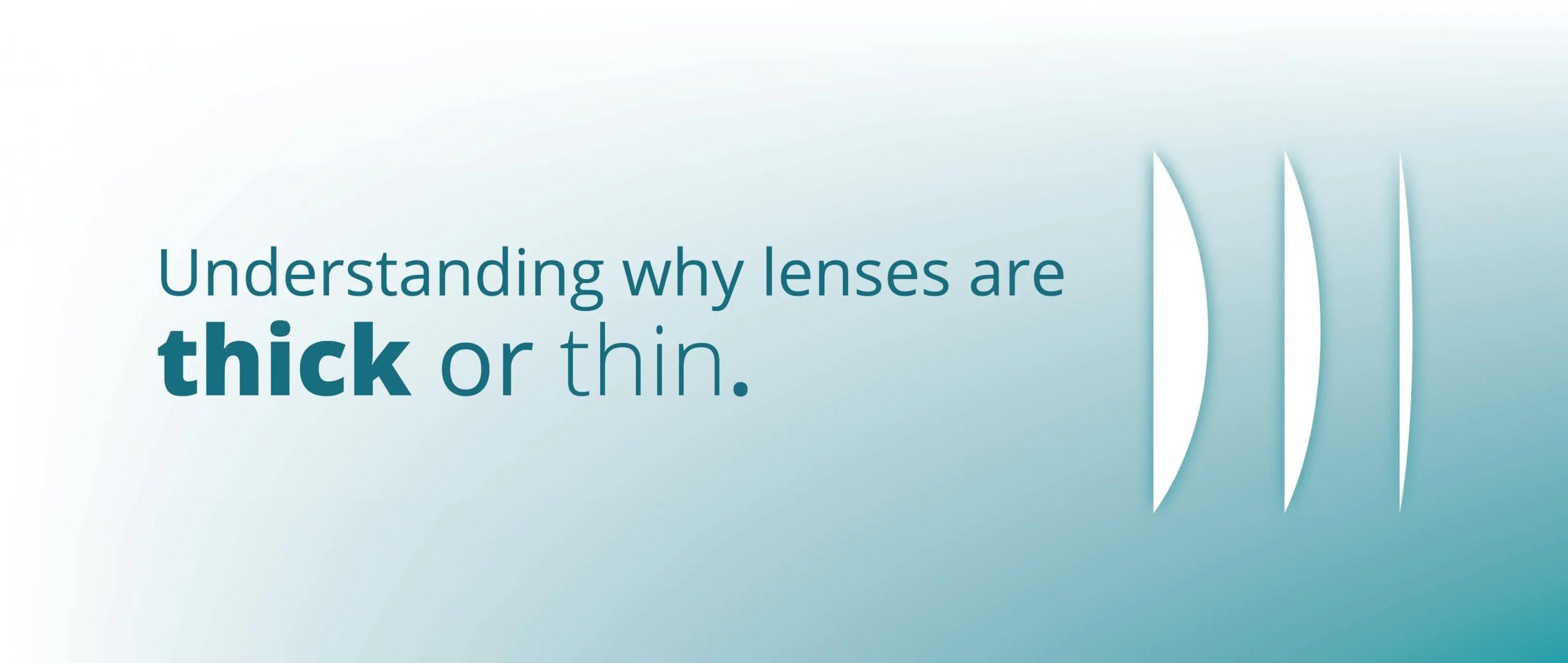From glass to plastic. From plastic to polycarbonates. From polycarbonates to high index plastics. The jargon may start getting to you once you enter the market for your spectacle lenses. To demystify the world of lenses, here is a little science.
We all know that myopics or people with short-sight cannot see things that are in the distance. Their eyes cannot focus the image on the right spot of the retina for the image to be processed by the brain. So when they wear spectacles, the lenses help in bending the light at an angle in such a way that it focuses correctly on the retina. Similarly for people with hypermetropia or people with long-sightedness who may see far-away objects clearly but things close by may appear blurred adding eye strain and headaches.
Now the material that the lens is made from has to be of a type that can allow the refraction of light in an optimal manner for best vision. While earlier glass was the only material available which allowed light to pass through, now plastics of varying degrees of thickness have been developed. These plastic lenses removed the issues of brittleness and weight that glass lenses came with. These hi-tech plastic lenses are really light and thin and so comfortable to wear that even people without any vision problems are wearing spectacles with zero-power lenses or computer glasses for protection from bad blue light.
Different lens materials have a different refractive index which dictates how thick the lens would be. In terms of definitions, the Refractive Index of a lens is the ratio of the speed of light in a vacuum divided by the speed of light in the lens material. In the case of CR-39 plastics, the Refractive Index is 1.49, meaning that light travels at almost half the speed through it than it does through a vacuum. The range of the Refractive indices of different lens materials ranges from 1.49 to 1.74. The higher this number, the slower the light moves through it. The slower the light moves, the more it bends. The more it bends the less the thickness through which it needs to pass to achieve the same level of refraction, the result being a really thin lens.
So when you are getting your spectacle lens made, you can choose to spend more money on a thinner lens material which will be more comfortable or pick the thicker lens which may cost less in terms of money. Today, the cheapest is CR-39, which has the lowest refractive index, but as the power of the lens will increase, so will its thickness. So someone with a high power who goes in for the less expensive CR-39 material lens will end up with thicker, heavier glasses. This will serve the purpose of improving the vision but may end up making the wearer uncomfortable and leave marks on the bridge of the nose.
The thinnest lenses available today are High-index plastics with a refractive index of 1.74. These are 100 percent UV protective and very lightweight. High-index plastic lenses are also available with a refractive index of 1.60 to 1.67. These are less expensive than the ones with a higher refractive index.
Polycarbonate lenses have a refractive index of 1.59. Polycarbonates have a great ability to resist impact and are even lighter that high-index plastic lens.
Trivex is the lightest material for lenses available today with a refractive index of 1.53.
To create the perfect lens, there are two more factors apart from the refractive index that plays a vital role. These are the Abbe value and the specific gravity of the lens material. As mentioned earlier, light bends when it passes through the optical lenses. Apart from bending, it also disperses – like when white light passes through a prism and breaks up into all the colours of the rainbow. Obviously, we do not want the light to disperse when it passes through our spectacle lenses otherwise we would end up seeing a coloured halo around everything we see. The Abbe value is the measure of the degree to which the white light disperses or separates when passing through the lenses. If the Abbe value is low, it will cause chromatic aberration or a rainbow around everything we see, which is more pronounced around light sources. So, good quality lenses will have a higher Abbe value. Any lens with an Abbe value of more than 40 (plastic lenses have an Abbe value of 58) will aid in improving vision.
With so many choices of lens types and treatments, it can become such a daunting task to find the right lenses for you. Sometimes a good pair of lenses could cost more than even your frames do, which might make you hesitate to buy them. To help you with this decision, get some expert advice at your nearest Titan Eyeplus store so our consultants can guide you with making the right choice of lenses for you.



